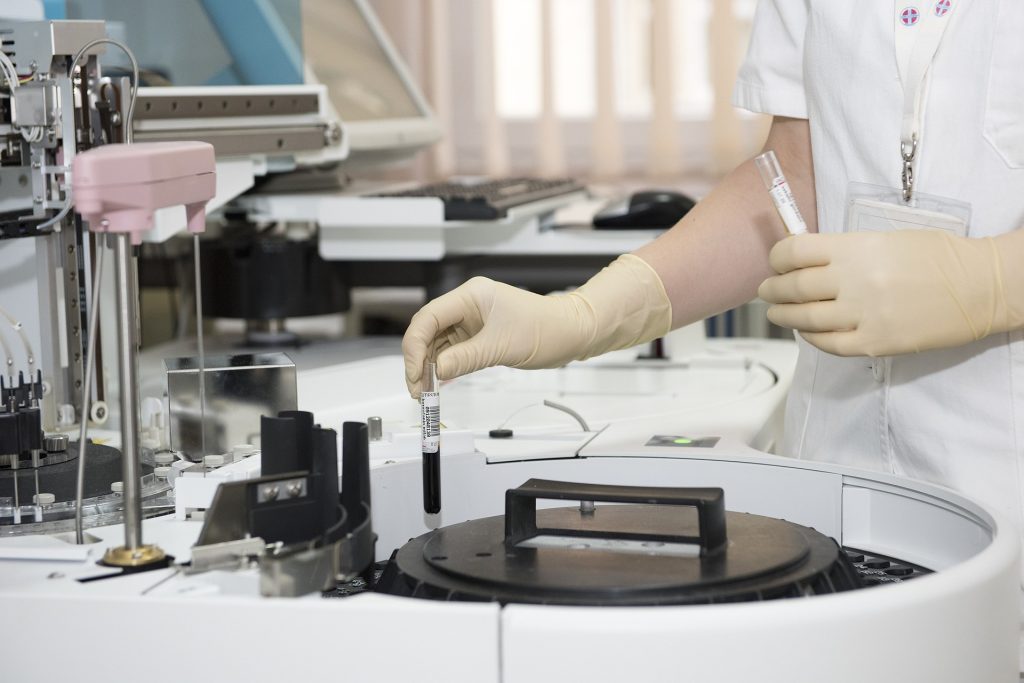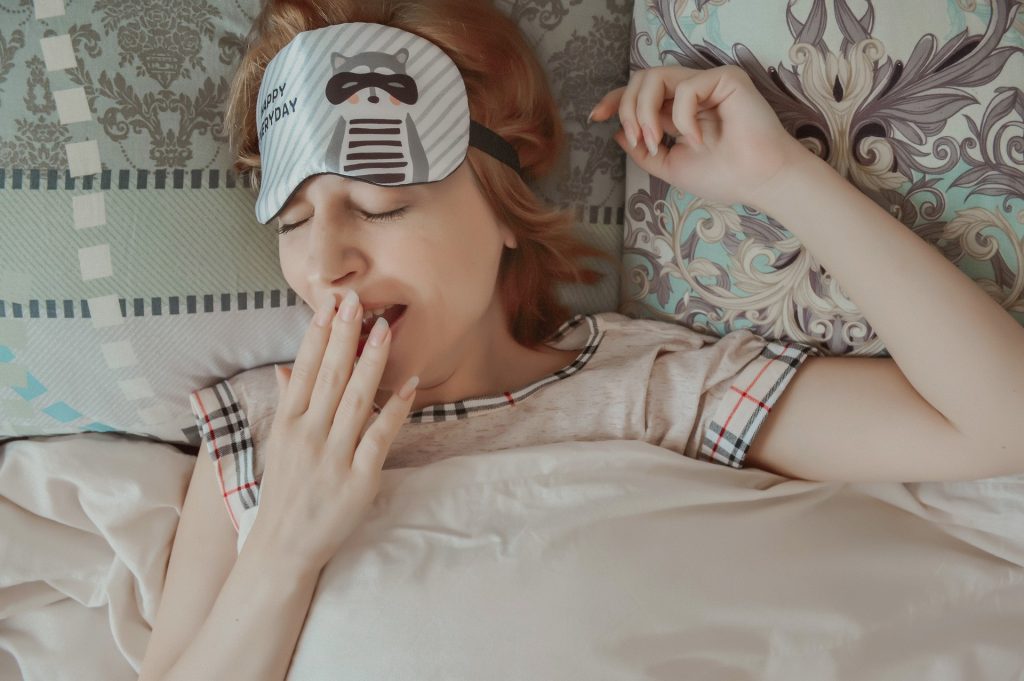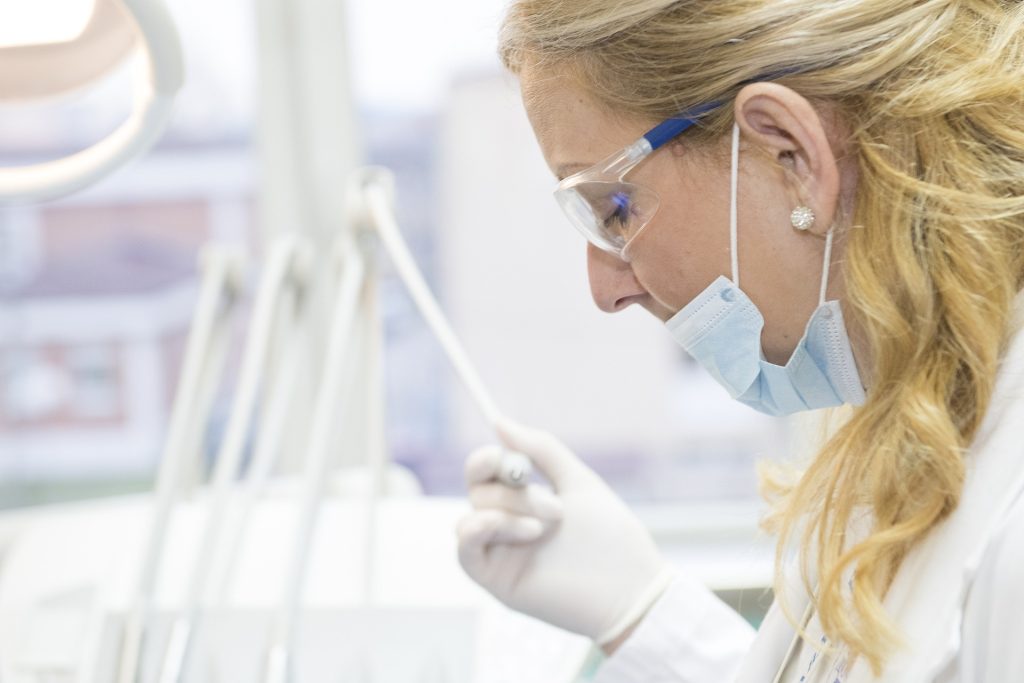Table of Contents

Celine Dion has recently revealed that she was diagnosed with a rare neurological autoimmune disease called “Stiff Person Syndrome” (SPS). The news came as a shock to many of her fans. So, what exactly is SPS?
In this blog post, we will explore everything you need to know about this rare disease, from symptoms to treatments and more. Read on to learn more about SPS and how it has affected Celine Dion’s life.
What is Stiff Person Syndrome?
Stiff Person Syndrome (SPS) is a rare disease that causes stiffness and spasms in the arms and legs muscles.
Symptoms of Stiff Person Syndrome
The symptoms of stiff person syndrome can vary from person to person, but the most common ones include:
- Muscle stiffness and spasms
It is the most common symptom of Stiff Person Syndrome. Muscle stiffness and spasms can be so painful and severe that they can cause joint pain and deformities.
- Anxiety and depression
People with this disorder often suffer from anxiety and depression because of the physical limitations it imposes.
- Fatigue
It is a common symptom of numerous neurological disorders, and people with stiff person syndrome are no exception.

- Pain
Muscle stiffness and spasms can be very painful, and people with this disorder often experience chronic pain.
Causes of Stiff Person Syndrome
The cause of stiff person syndrome (SPS) is still unknown; some theories may state the close reasons for this condition. One theory suggests that an autoimmune reaction causes SPS, where the body’s immune system attacks and destroys healthy cells and tissues.
Another theory suggests that a malfunctioning protein causes SPS in the brain called gephyrin. This protein is thought to be involved in the communication between neurons.
SPS is a neurological disease, and most cases are idiopathic. It means that the cause of the disease is still unknown. However, there are some known risk factors for developing SPS. These include:
- Having a family member with SPS
- Being female
- Having certain autoimmune diseases, such as type 1 diabetes or celiac disease
- Having certain neurological disorders, such as epilepsy or paraneoplastic syndromes
Diagnosis of Stiff Person Syndrome
SPS is a condition that can be highly impairing and, in some cases, deadly. There is no single test that can diagnose SPS. Instead, diagnosis is made through a pairing of medical history, MRI examination, lab tests, and inter-brain studies. In some cases, a nerve biopsy may also be necessary to confirm the diagnosis.
Treatment for Stiff Person Syndrome

There is no cure for Stiff Person Syndrome (SPS). However, treatments available can help lessen the symptoms and improve the quality of life. These include:
- Immunotherapy
It helps regulate the immune system and reduce the overactivity of the antibodies attacking the nervous system.
- Physical therapy
It can help to stretch out muscles and keep joints mobile.
- Medications
Various medications can treat SPS, including muscle relaxants, anti-seizure drugs, and pain relievers.
- Surgery
Surgery may sometimes be necessary to remove affected tissues or correct spine or nervous system problems.
Celine Dion’s Diagnosis
Celine Dion revealed her condition last week. She is facing muscle spasms in short intervals affecting her routine activities. In an interview, she stated that she is grateful for the support of her family and friends as she continues to battle SPS. Dion also urged others who may be suffering from the disease to combat the illness and seek help from a doctor or neurologist instead of losing hope.
Want to stay cozy and warm in these winters? Click here to learn about 7 delicious foods to help you achieve this goal.
Conclusion
So here you have it, Celine Dion’s diagnosis of Stiff Person Syndrome. Although the singer can not get a complete cure, she struggles to cope with this condition.



